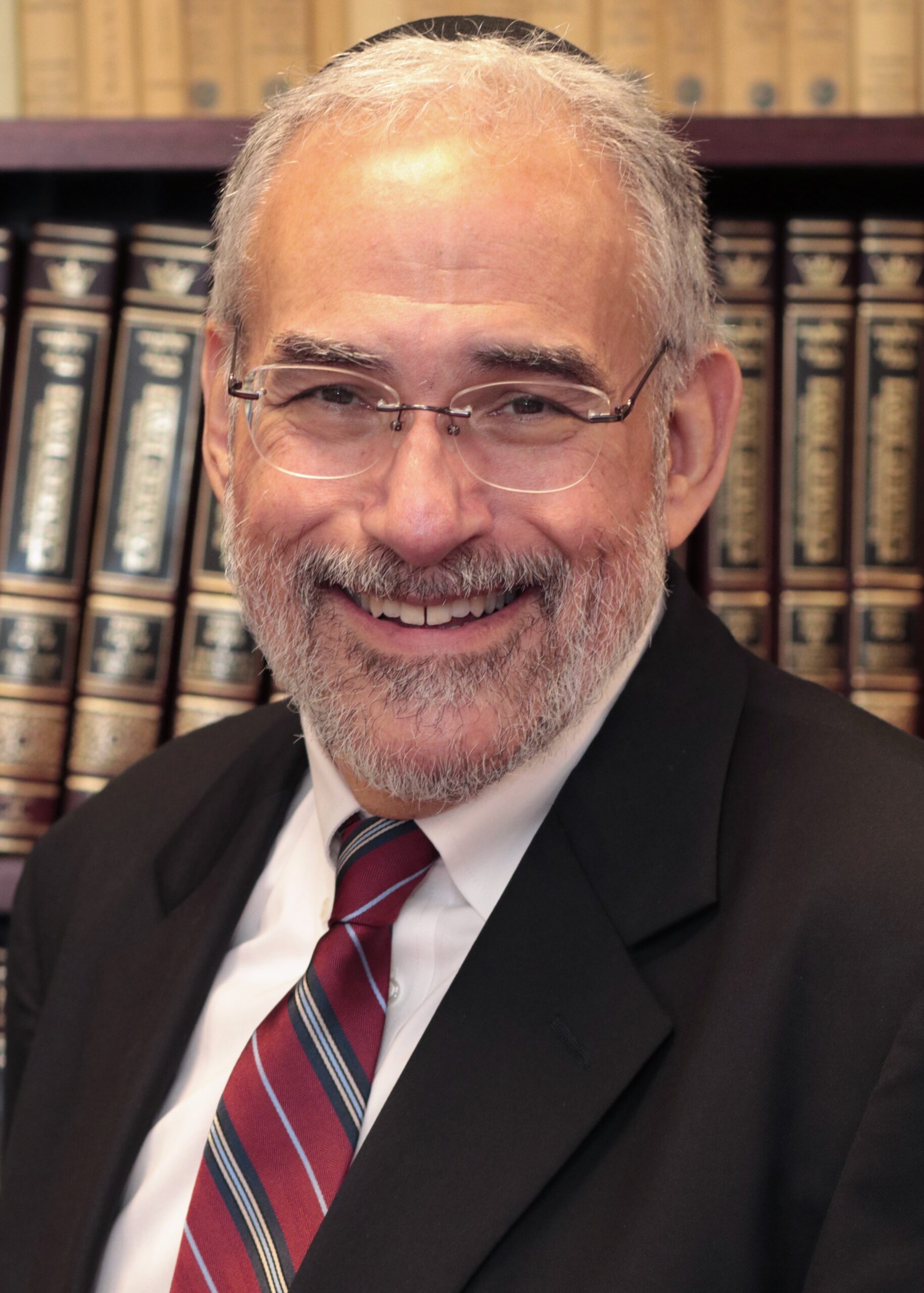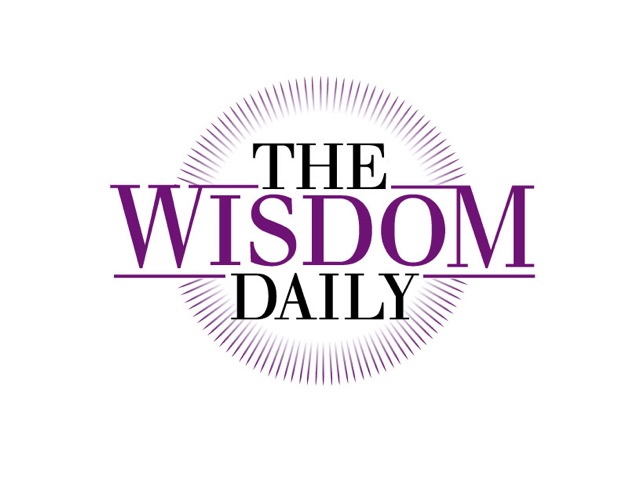The Sages distinguish between two Passover celebrations — the first one, called Pesach Mitzrayim, the Passover of Egypt, and every other Passover celebration after that one, known as Pesach Dorot, the Passover of subsequent generations. While many distinctions can be made between the two, none strike me as more powerful or more needed — especially since October 7th, and even more especially since this past Saturday, when 300 missiles and killer drones were launched on Israel by Iran — than this one: Pesach Mitzrayim was celebrated while we were still enslaved!
The first Passover embodied what President Obama called the audacity of hope — the willingness to live our aspirations even when life gives us so many reasons not to do so. Those ancient Israelites gathered in their slaves’ quarters some 3,200 years ago had almost innumerable reasons not to trust that they would be going free the next morning, and yet they celebrated their impending exodus.
Moses and Aaron had pulled off some neat tricks to wow the Egyptians, to be sure, and Pharaoh had made some promises, but such promises had been repeatedly broken. Not to mention that after hundreds of years in slavery, how could they really trust that tomorrow would be different than today? The answer lies in a single word: hope.
The Israelites celebrating Pesach Mitzrayim dared to hope that tomorrow need not be another version of today, even when so many facts suggested otherwise. That kind of hope is entirely different from naïveté, which is foolish at best and dangerous at worst. That kind of hope does not pretend about the challenges that exist or pretend about the past. It appreciates it all, and it also insists that if we look more closely, think with some humility, and dare to live a bit boldly tomorrow can be different.
It’s the kind of hope that starts with small acts that build upon one another, like Moses originally asking Pharaoh, not for the full liberation of the slaves but for a few days of rest and religious freedom. It’s the kind of hope that wakes up the morning after an unprecedented attack and asks, what can we do to make things a little better, without pretending that there is a known solution to the whole problem, even if we could all agree about what “the problem” is?
This Passover, one of the few things that most Jews seem to agree about is that we are in a tight spot — which is literally what the word Mitzrayim — Egypt — means in Hebrew, even if we don’t all agree about what that tight spot is. So this year, let us return to that first Passover and practice the audacity of living, hopefully, asking for the seemingly smaller things that are in our control and through which we might move into a brighter tomorrow. That is the spirit in which this year’s Passover card, seen immediately below, was created, and that is the spirit with which I hope we all gather at this time.

Listed for many years in Newsweek as one of America’s “50 Most Influential Rabbis” and recognized as one of our nation’s leading “Preachers and Teachers,” by Beliefnet.com, Rabbi Brad Hirschfield serves as the President of Clal–The National Jewish Center for Learning and Leadership, a training institute, think tank, and resource center nurturing religious and intellectual pluralism within the Jewish community, and the wider world, preparing people to meet the biggest challenges we face in our increasingly polarized world.
An ordained Orthodox rabbi who studied for his PhD and taught at The Jewish Theological Seminary, he has also taught the University of Pennsylvania, where he directs an ongoing seminar, and American Jewish University. Rabbi Brad regularly teaches and consults for the US Army and United States Department of Defense, religious organizations — Jewish and Christian — including United Seminary (Methodist), Yeshivat Chovevei Torah (Modern Orthodox) Luther Seminary (Lutheran), and The Jewish Theological Seminary (Conservative) — civic organizations including No Labels, Odyssey Impact, and The Aspen Institute, numerous Jewish Federations, and a variety of communal and family foundations.
Hirschfield is the author and editor of numerous books, including You Don’t Have To Be Wrong For Me To Be Right: Finding Faith Without Fanaticism, writes a column for Religion News Service, and appears regularly on TV and radio in outlets ranging from The Washington Post to Fox News Channel. He is also the founder of the Stand and See Fellowship, which brings hundreds of Christian religious leaders to Israel, preparing them to address the increasing polarization around Middle East issues — and really all currently polarizing issues at home and abroad — with six words, “It’s more complicated than we know.”

